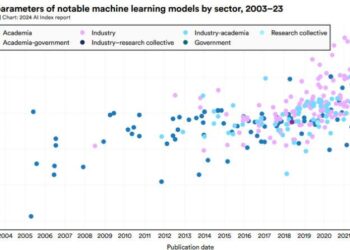PHILADELPHIA — Blood tests for Alzheimer’s disease biomarkers may not only be useful for clinical diagnosis but could also make it possible to test preventive therapies in people not yet showing any signs of the condition, researchers said.
In a prospectively followed cohort of older people with normal cognition and low amyloid-β (Aβ) plaque burdens in their brains, baseline plasma levels of tau and Aβ protein species predicted the speed at which Aβ plaques accumulated over 5 years of follow-up, according to Oskar Hansson, MD, PhD, of Skåne University Hospital in Malmö, Sweden, and colleagues.
Specifically, participants with a low ratio of two Aβ amino acid forms (Aβ42/40) and high ratio of tau217 phosphorylation (i.e., tau with a phosphate molecule attached at the threonine-217 residue, %p-tau217) showed dramatically faster plaque accumulation, the researchers reported in JAMA Neurology. The study was also to be presented at the Alzheimer’s Association International Conference (AAIC).
The report followed one from many of the same researchers, also presented at AAIC, indicating that a model based on this same pair of biomarkers outperformed human doctors in diagnosing Alzheimer’s disease in people with cognitive deficits.
For people without such symptoms, or even with Aβ substantial plaque burdens, the findings could pave the way for “primary prevention” trials to identify drugs or other therapies that keep Aβ from accumulating in the brain. These would be targeted at individuals who, because of family history, genetic features, or other factors, are thought likely to develop Alzheimer’s disease down the line.
Such trials, which necessarily must enroll people with no cognitive deficits and low plaque burdens, are currently not feasible. If participants were simply plucked randomly from the general population, either huge numbers or decades of follow-up would be needed to determine whether a particular therapy was effectively preventing plaque buildup and, hopefully, Alzheimer’s disease.
But if a subpopulation likely to undergo rapid Aβ accumulation could be identified, then such trials could be shorter and wouldn’t need so many participants to confirm an effect. That’s where the Aβ42/40 and %p-tau217 blood test comes in.
The study drew primarily from the so-called BioFINDER-2 cohort study underway in Sweden, which enrolled cognitively normal older people from 2017 to 2022 and followed them with tests including periodic PET scans to evaluate brain Aβ plaque burden. Overall, the cohort included 495 people, among whom 384 had low plaque burdens (
>>> Read full article>>>
Copyright for syndicated content belongs to the linked Source : MedPageToday – https://www.medpagetoday.com/meetingcoverage/aaic/111288




























